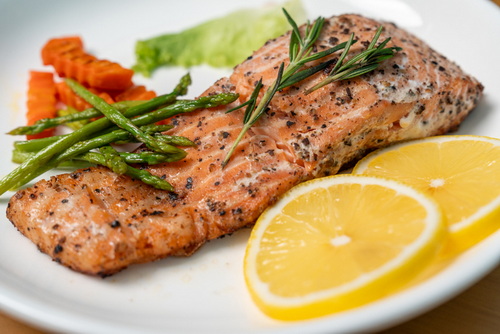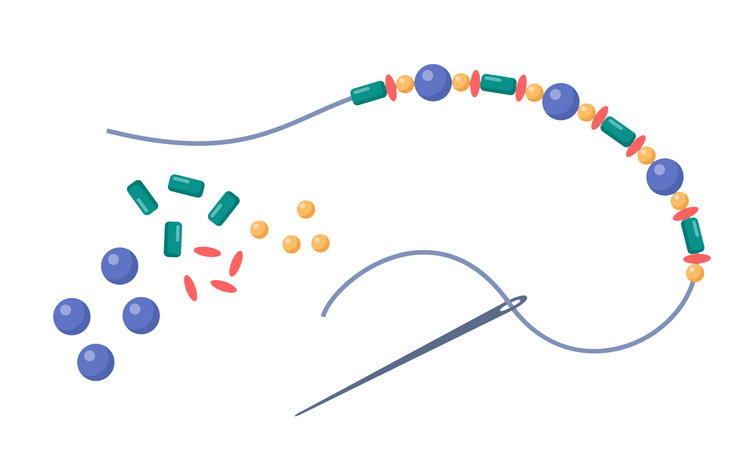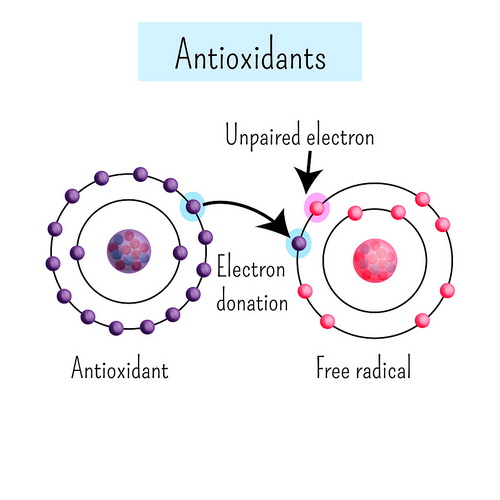Overview
Providing the brain with the proper nutrients is essential for our cognitive health. This article serves as a supplement to our article about the Top Foods for the Brain. In that article, we discussed what foods are best to eat for your brain health. Here, we will delve deeper by discussing the nutrients in these foods and how these nutrients help support brain health.
If you want to skip the science of these nutrients and get the list of foods that are good for your brain and why, just scroll down.
Let’s begin.
1. Omega-3 Fatty Acids

Polyunsaturated fatty acids, which are found in omega-3 fatty acids are healthy fats, as opposed to saturated fats and trans fats. They are essential for brain and heart health. Ok, we probably already scared you off with the term polyunsaturated, so let’s break this down, starting with what a fat is.
What is a Fat?
A fat is a type of nutrient that your body uses for energy. It is a lipid. Oh boy, here is another term that may be confusing you, but don’t worry if you don’t know what that is. We are going to define it right now.
What is a Lipid?
If you remember chemistry, A lipid is primarily made up of carbon (C), hydrogen (H), and oxygen (O) atoms, which allows it to store a lot of energy in a small space. This energy can be held over or later used when required.
| For those of you in the electronics industry, that would be equivalent to storing energy in a capacitor. |
| For you chemistry buffs, the chemical breakdown is Glycerol (C₃H₅(OH)₃). It is a small, three-carbon molecule with three hydroxyl groups (-OH). Glycerol acts as the backbone to which the fatty acids attach. |
So What are Fatty Acids?
These are long chains of carbon (C) and hydrogen (H) atoms, with a carboxyl group (-COOH) at one end. The length of the chain and the number of hydrogen atoms attached vary, which changes the type of fatty acid.
And the Rest
- “Poly” means many.
- “Unsaturated” means that the fat has more than one double bond in its carbon chain, meaning that, in its simplest definition, it is two atoms that share two pairs of electrons. (A single bond is two atoms that share the same one electron).
- These double bonds create multiple bends, which makes it harder for the fat to pack tightly together. That’s why polyunsaturated fats (like vegetable oils) are liquid at room temperature.
Example:

Let’s Imagine a fat molecule to be a string of beads. In saturated fats, all the beads are tightly packed together, like a straight bracelet with no gaps, but In polyunsaturated fats, some beads are missing (the hydrogen atoms), creating bends in the string. This makes the string loose and flexible, which is why these fats are more fluid.
Because these bends stay liquid, they are healthier for your body because they don’t clog up your arteries the way solid fats can. So, the chemical breakdown of polyunsaturated fats simply means they have multiple double bonds in their carbon chain, giving them flexibility and health benefits.
Some food sources with omega-3 fatty acids: Fatty fish (salmon, mackerel, sardines), flaxseeds, chia seeds, walnuts
2. Antioxidants

Antioxidants help protect your body from damage caused by free radicals, which contain atoms that are missing electrons in their outer shell. Because of this imbalance in the atoms, they become unstable, leading to cell damage. The result is more risk of diseases, such as cancer and heart disease.
Free radicals are produced naturally in the body, but can also result from environmental factors such as pollution, radiation, and smoking.
Foods that contain antioxidants: Berries (blueberries, strawberries), dark chocolate, green leafy vegetables (spinach, kale), and nuts.
Benefits: Protects brain cells from oxidative stress, which means there are too many free radicals in the body, and that is not good or healthy.
3. B Vitamins (especially B6, B9, B12)
These vitamins are important for energy production and healthy communication between neurons (called neurotransmitter synthesis), which reduces loss of brain cells, called cognitive decline.
Foods that contain vitamin B: Eggs, leafy greens, legumes, poultry, fish.
4. Vitamin E
Vitamin E acts as a powerful antioxidant, which we explained about above.
Here are some foods that provide the benefits of vitamin E. Almonds, sunflower seeds, spinach, avocados.
5. Magnesium
Magnesium helps maintain proper communication between brain cells. It also
helps prevent cramps, spasms, and muscle stiffness.
Foods that contain magnesium are dark leafy greens, nuts, seeds, and whole grains.
6. Choline
A crucial element for the production of acetylcholine, which is a neurotransmitter involved in memory and learning.
Eat eggs (especially the yolk), liver, soybeans, and beef.
7. Zinc
Like magnesium, zinc also supports communication between neurons, improving memory, learning, and reducing the risk of cognitive disorders.
Foods that contain zinc: Oysters, meat, pumpkin seeds, chickpeas
8. Polyphenols
These are nutrients found in plants and there are many, but for brain health, flavonoids, which are chemicals found in plants and are one of the most researched groups of polyphenols, comes out top for brain health. They are powerful antioxidants that protect the brain’s neurons and they promote better blood flow to the brain.

Foods that contain flavonoids: Coffee, Green tea, red wine (in moderation), dark chocolate, fruits like apples and grapes
Summary
Fatty acids are necessary components of our daily diet and of this group, polyunsaturated fats, are generally healthier for the brain and body. Antioxidants fight off free radical damage, which , if not checked, can lead to cell damage and increased risk of disease.
B vitamins are vital for neurotransmitter synthesis, while vitamin E acts as a powerful antioxidant. Magnesium maintains the brain cell communication elements. Choline produces a neurotransmitter involved in memory and learning. Zinc supports neuronal communication, and polyphenols, particularly flavonoids, protect brain neurons and promote better blood flow.
Omega-3 fatty acids are found in fatty fish, flaxseeds, and walnuts. Antioxidant-rich foods include berries, dark chocolate, and leafy greens. B vitamins are present in eggs, legumes, and poultry. Vitamin E sources include almonds and avocados. Magnesium-rich foods are leafy greens, nuts, and whole grains. Choline can be obtained from eggs, liver, and beef. Zinc is found in oysters, meat, and pumpkin seeds. Flavonoid-rich foods include green tea, dark chocolate, and certain fruits.
Incorporating these nutrient-rich foods into a balanced diet supports overall brain health and cognitive function.
It is important to remember that a diverse and well-rounded diet is key to obtaining the full spectrum of benefits. Additionally, lifestyle factors such as regular exercise, adequate sleep, and stress management contribute significantly to maintaining optimal brain function and reducing the risk of cognitive decline.
By incorporating a balanced diet rich in these nutrients, you can help optimize your brain function, support memory, and potentially reduce the risk of cognitive decline as you age.
A Word of Caution
Keep in mind that some of these health benefits may have alternate results depending upon your health and diet. It is aways a good idea to consult with a medical professional if you have a particular health condition or have questions about consuming any of the foods and nutrients described above.
